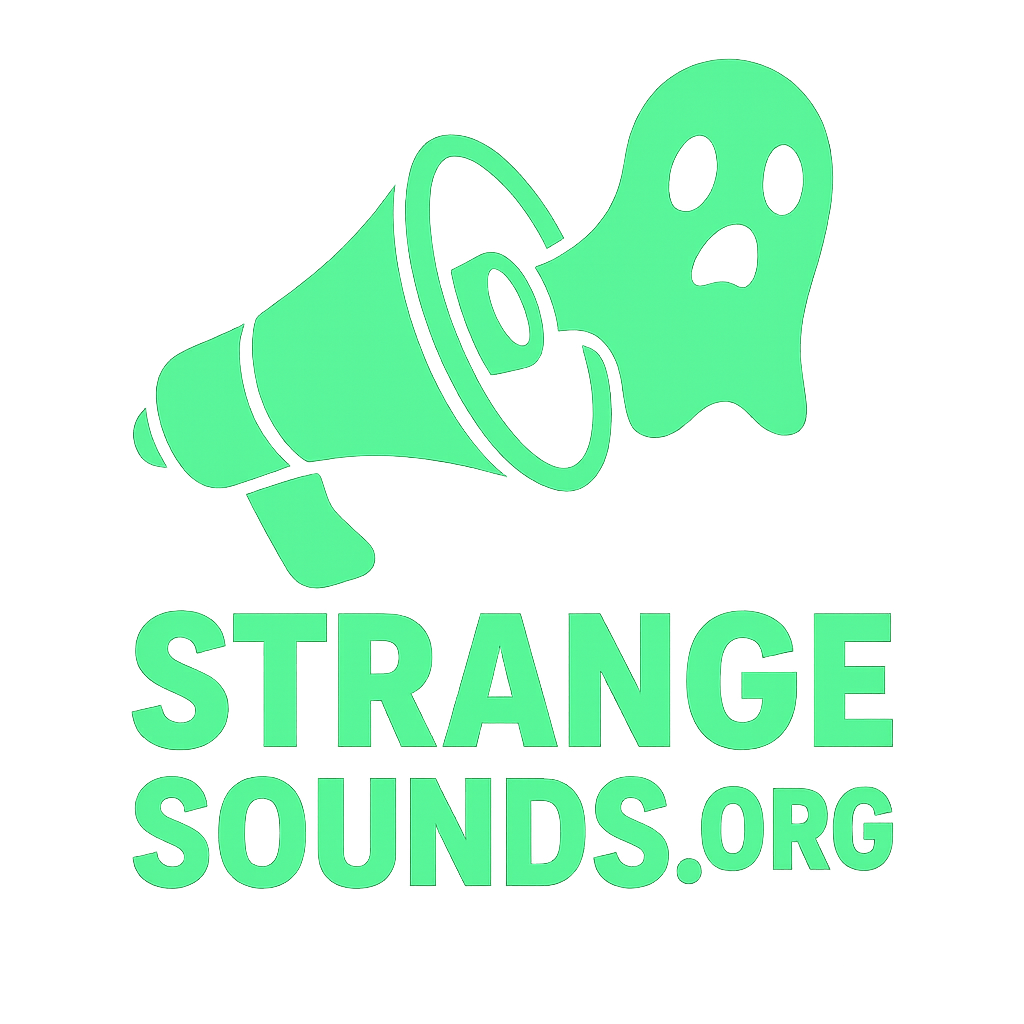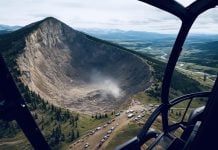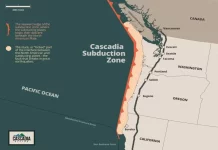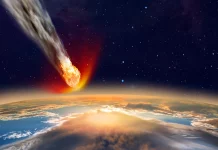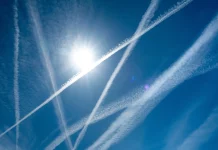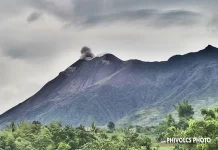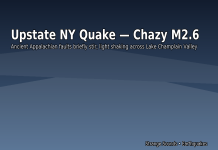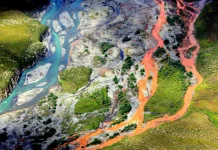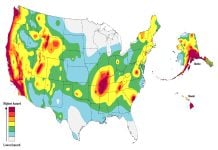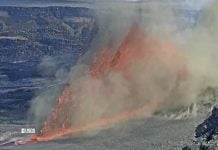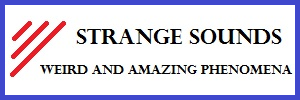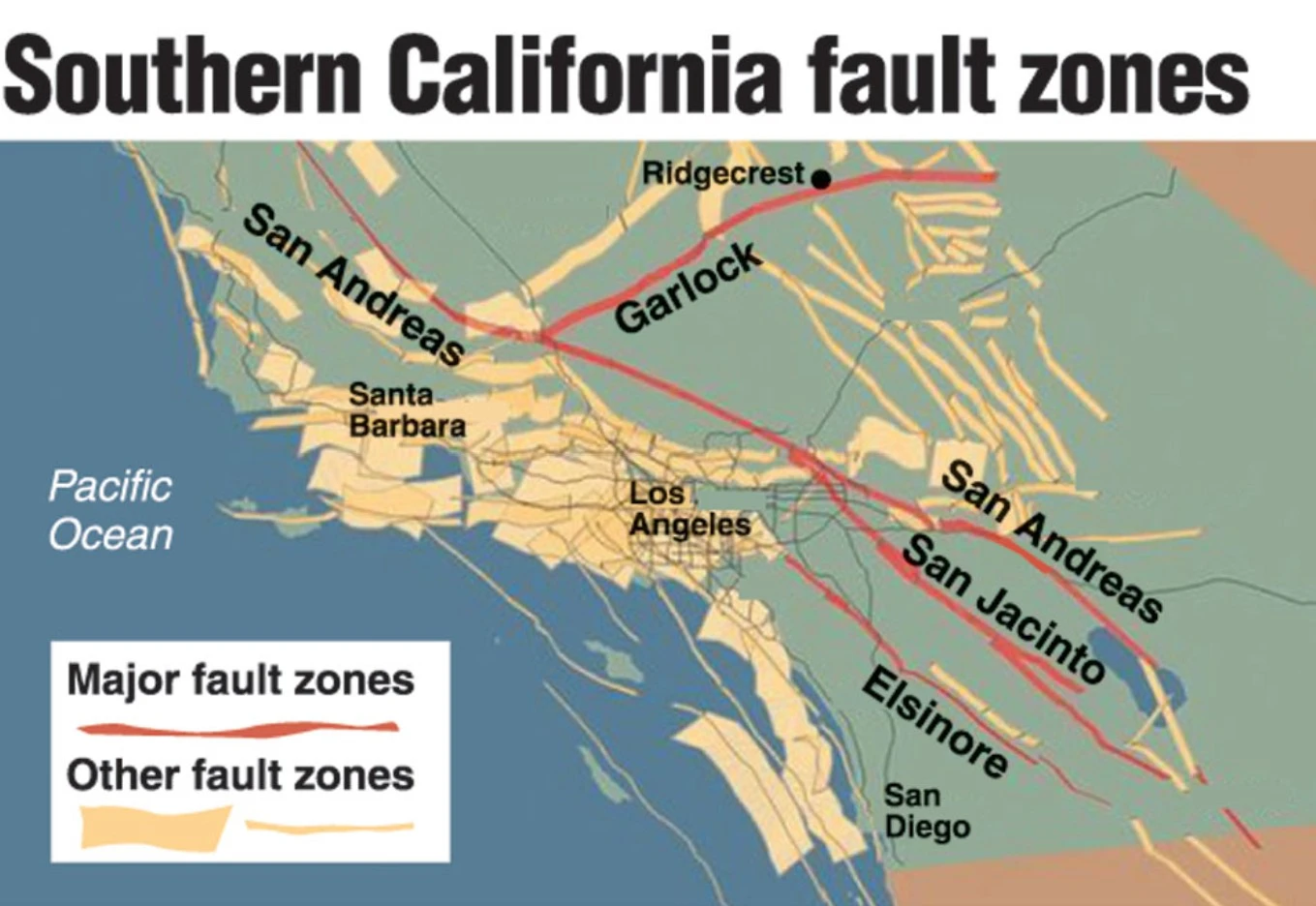
What Is a Supershear Earthquake?
In a supershear event, the rupture front on a fault exceeds the speed of local S-waves. Energy bunches up into a shock front, delivering an intense initial jolt—then the ongoing rupture drives prolonged shaking. This “double strike” can be more damaging than in typical quakes of the same magnitude.
Why Experts Are Concerned About California
- Geology: California hosts many long, fast strike-slip faults capable of M7+ ruptures.
- Population exposure: ~70% of residents live within ~30 miles of active faults, heightening risk.
- Precedents elsewhere: Supershear signatures were documented in the 2002 Denali (Alaska) earthquake and segments of the 2023 Türkiye rupture; the 2018 Sulawesi (Indonesia) event also showed supershear behavior.
- Read more about the most dangerous earthquakes zones in the USA (and here in videos).
How Supershear Changes the Shaking You Feel
Supershear earthquakes can amplify motion in the 2–3 Hz range—especially hazardous for short- to mid-rise buildings and stiff infrastructure. Because the rupture moves so fast, the damage footprint may be longer and wider along the fault trace than in conventional events.
Critical Lifelines at Risk
Engineers warn of cascading failures: power grids, pipelines, transport corridors, and telecom/Internet could suffer multi-day outages. Route redundancy and rapid damage assessment plans matter as much as building strength.
Building Codes & Preparedness
- Scenario modeling: Run M7+ supershear simulations on major faults to map shaking intensity and directionality.
- Design checks: Evaluate parallel-to-fault ground motion demands and pounding risks for mid-rise stock.
- Monitoring: Expand near-fault arrays to capture high-frequency pulses and shock fronts.
- Lifeline resilience: Harden substations, bridges, aqueducts; plan reroutes and spares.
- Public readiness: Refresh “Drop, Cover, Hold On” drills; stock water, power banks, and radios.
FAQs
How rare are supershear earthquakes?
They’re uncommon globally but more likely on long strike-slip faults. A significant fraction of historical M7+ strike-slip events show supershear segments.
Does supershear always happen along the whole fault?
No. Ruptures can be partly supershear—certain segments accelerate above S-wave speed while others remain subshear.
Would current codes protect buildings?
Modern codes greatly reduce collapse risk, but directional pulses and the double-strike effect raise demands on many short- to mid-rise structures and stiff infrastructure.
Deep dive: 👉 Earth Oddities Hub · 👉 End-Times Watch Hub
💌 If this helped you, support Strange Sounds: PayPal · Donorbox
📰 Subcribe to the Strange Sounds Newsletter! You will love it!

